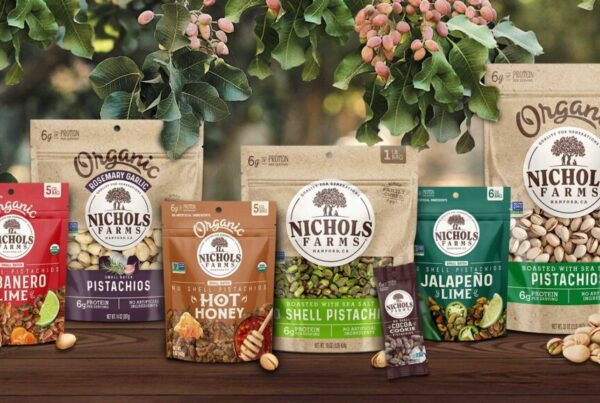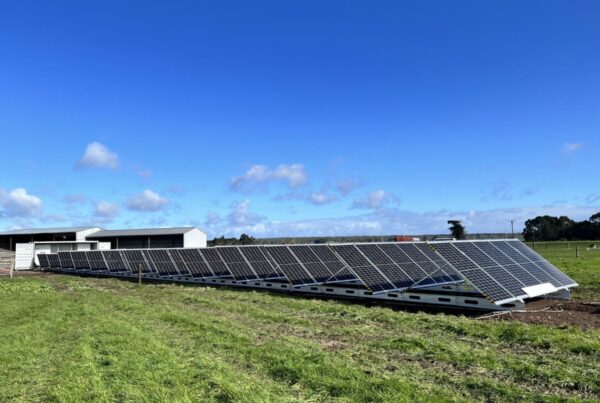Sustainable PR client Glens Falls Urban Agriculture Pilot is featured by Times Union for movement on the vertical farming installment in Glens Falls, New York:
GLENS FALLS – The city’s sustainability committee has teamed up with several local partners to transform the third floor of a vacant building downtown into a vertical farm.
Glens Falls was awarded just over $96,000 in grant money from the Empire State Development Corp. to take emerging technologies and integrate them into public services.
With the money, the city’s economic development director, Jeff Flagg, is working with organizations such as National Grid and Re-Nuble to build the indoor farm, which he hopes will contribute to economic recovery.
The vertical farm was devised based on a “box in a box” concept. The team constructed a box-like structure in the vacant space’s four walls out of polyvinyl and polyvinyl chloride pipes. Flagg said the building would have needed a major facelift before the 2,000-square-foot room could be used residentially or commercially, so the farm temporarily filled the space for the landlord.
“The idea is that it could be a commercial venture once the pilot is over. We’re hoping that this will be replicable and scalable,” Flagg explained. “What we really want to figure out now is, can this be a second economically viable project that can create some value for the community.”
The group aims to grow a variety of greens that it can sell to restaurants and residents to combat supply chain issues that have impeded their access to certain ingredients. Flagg emphasized they’re not trying to compete with farms in the area but instead complement them.
The goal is to have the farm up and running by June so they can compile an economic analysis on the indoor farm’s viability before the pilot program ends. The team is currently assembling the growing equipment and racking system for the crops and Flagg anticipates that if everything goes off without a hitch, the farm could be up and running in the next three to four weeks.
Unlike traditional methods that grow crops on a single, flat surface in soil, vertical farming stacks plants in a multi-layered rack of sorts with water and nutrients running through it and lights over it, explained Stephen Hadcock, a team leader with the Cornell Cooperative Extension’s Capital Region agriculture and horticulture program.
According to Hadcock, such farming can make agricultural products more accessible.
“(It) can be done in areas, like in cities and so on, where there may not be land or it’s highly expensive, or that you just can’t afford to be able to grow the crops in what we would consider the typical way,” he said.
If it is successful, Flagg hopes to replicate the effort around the region.
This article was originally published by Times Union on February 15, 2022.





